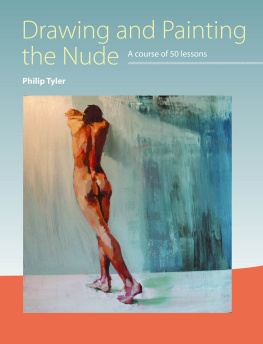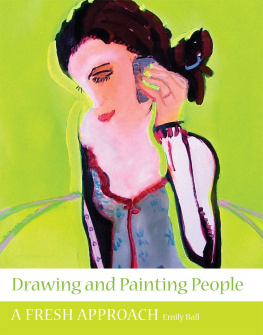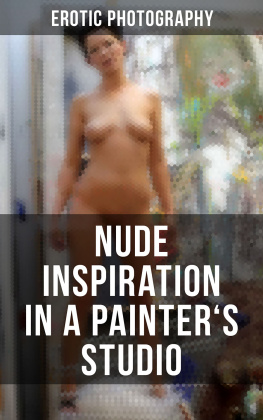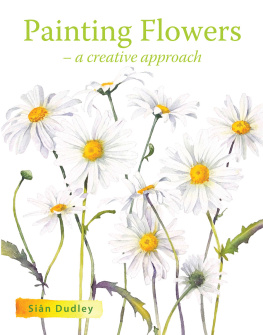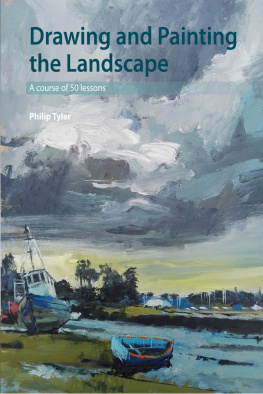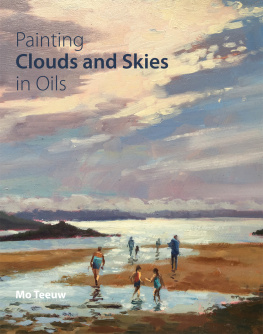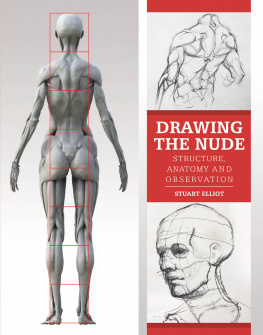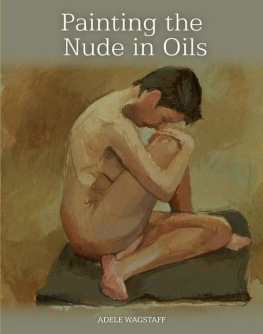Drawing and Painting the Nude
A course of 50 lessons
////////////////////////////////////////////////////////////////////////////////////////////////////////////////////////////////////////////////////////////////////////////////////////////////////
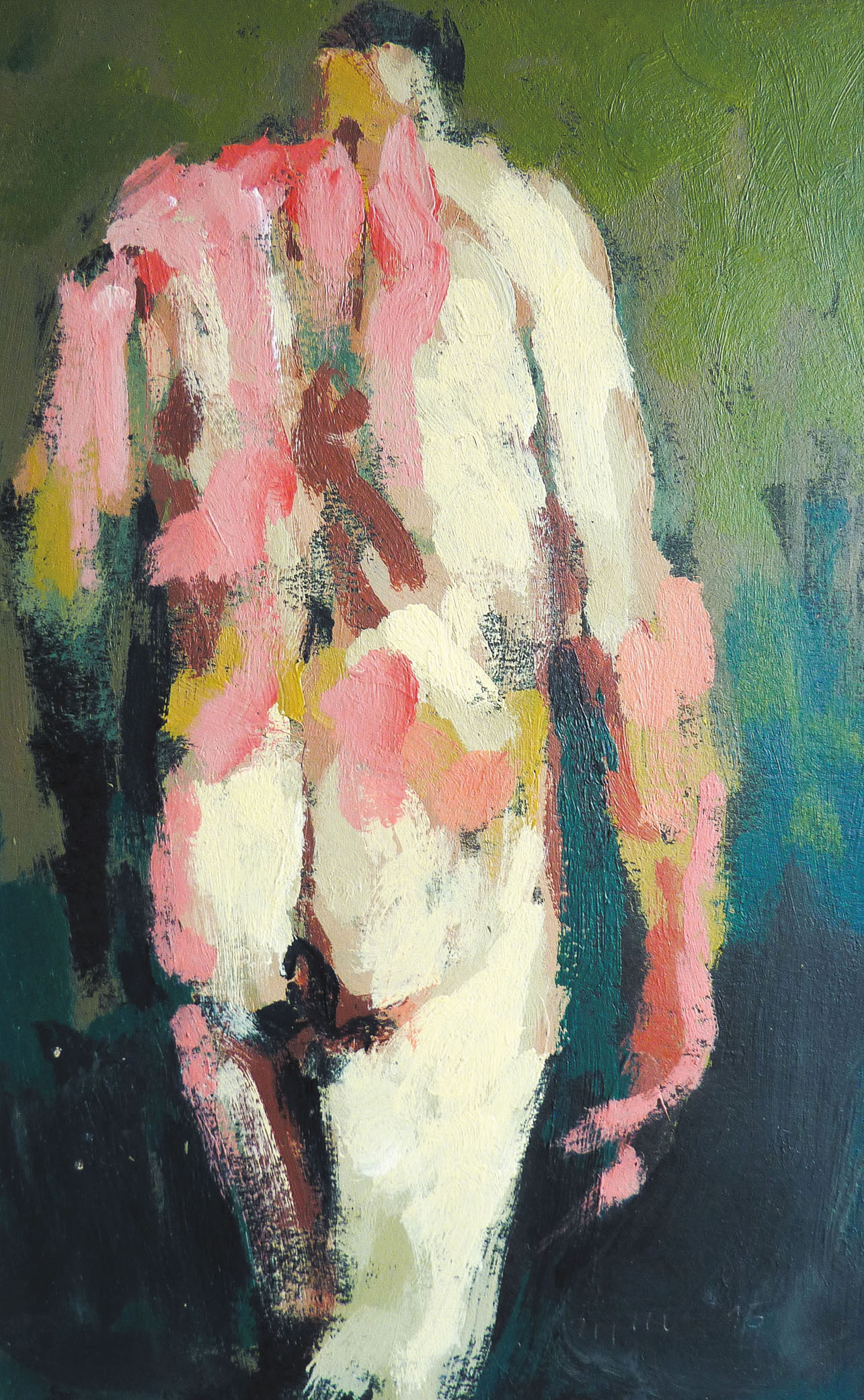
Drawing and Painting the Nude
A course of 50 lessons
////////////////////////////////////////////////////////////////////////////////////////////////////////////////////////////////////////////////////////////////////////////////////////////////////

CROWOOD
Philip Tyler
First published in 2015 by
The Crowood Press Ltd
Ramsbury, Marlborough
Wiltshire SN8 2HR
www.crowood.com
This e-book first published in 2015
Philip Tyler 2015
All rights reserved. No part of this publication may be reproduced or transmitted in any form or by any means, electronic or mechanical, including photocopy, recording, or any information storage and retrieval system, without permission in writing from the publishers.
British Library Cataloguing-in-Publication Data
A catalogue record for this book is available from the British Library.
ISBN 978 1 78500 048 5
Dedication
The book is dedicated to my dad, Bob Tyler 19332015.
Acknowledgements
I owe an enormous debt of gratitude to Chris Taylor and Trevor Sowden for showing me the way at school and opening the door to my life and for introducing me to Euan Uglow and Andrew Wyeth. To Arthur Ruff who taught my first life drawing classes during my A levels. Bill Randall, who taught me more about drawing than anyone I know, an astonishing teacher and to this day an extraordinary draughtsman. I must thank my models who brought so much energy and excitement to the sessions; in particular, Lou, Johanna, Lindsey, Ottavio, Felix, Frankie and Emma. Without them, none of this book could have happened and a good model is a joy to work with. I must thank Tim Benson, Shaun Ferguson, Alex Kanevsky, David Longo, Piers Ottey, Jake Spicer (www.draw-brighton.co.uk) and Julian Vilarrubi, who continue to teach the craft, and for their support, guidance and wise words on the problems of drawing and painting. I want to thank the author of The Hidden Place (http://thehiddenplace.wordpress.com/), whose blog entries introduced me to so many new painters, led me on the journey to find more, and made me realize that I am not alone. I thank you all, but equally I cannot list the thousands of artists whose work I have peered at, dissected and absorbed over the last thirty years. Thanks also to Seawhite for allowing me to photograph their art materials.
Teaching is about sharing knowledge, and those individuals whom I respect the most have told me all they know. By empowering students with skills, knowledge and understanding one equips them sufficiently to let them explore for themselves. To use the analogy of music, one doesnt lead the student to a piano and say, compose a concerto. I have to thank Emily Ball for giving me the encouragement to contact the Crowood Press in the first place.
Finally I have to thank my wife Louise, whose support I cannot live without. She is my rock and brings me back to earth when sometimes my head is in the clouds.
Contents
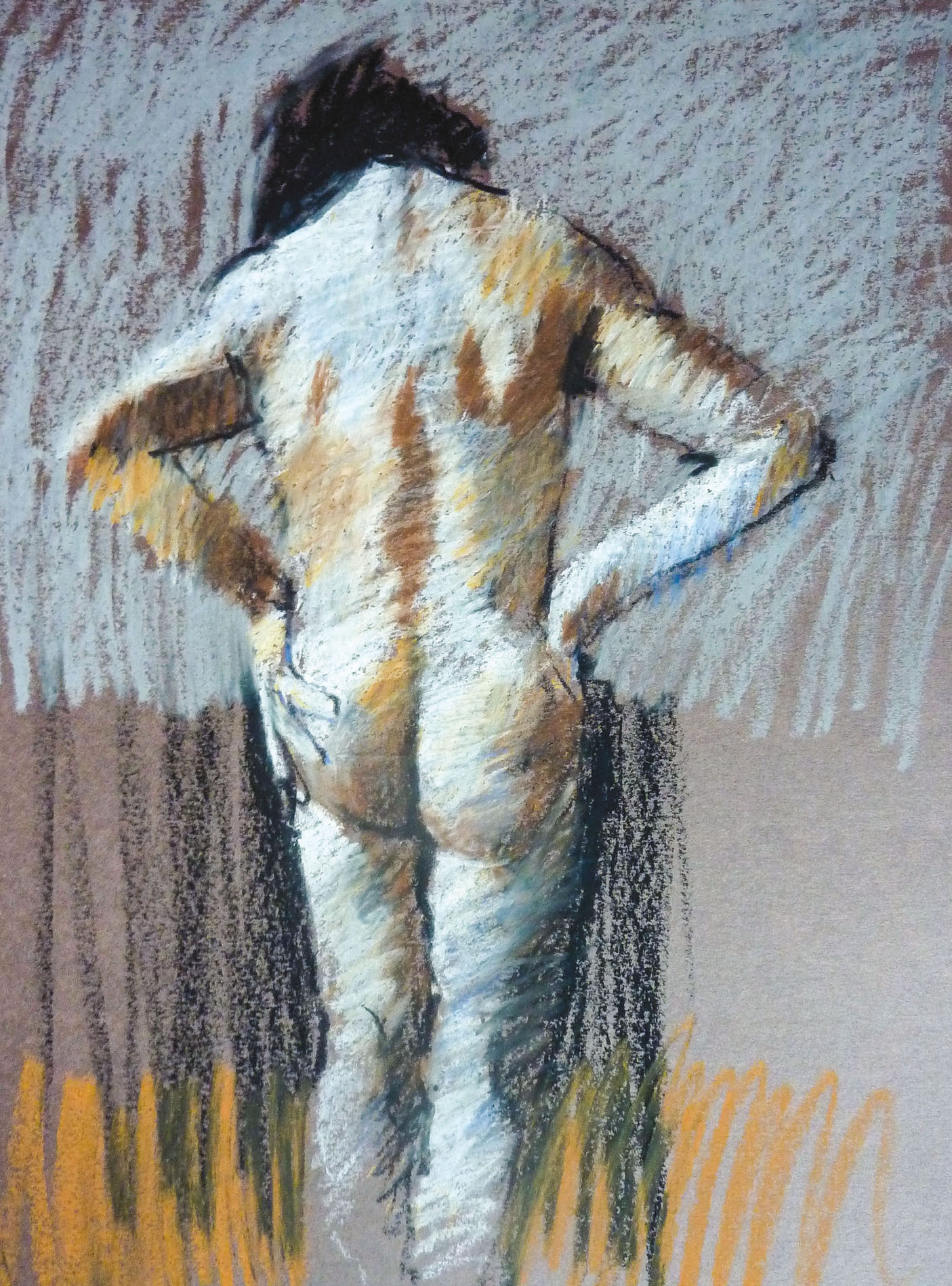
Preface
W hat does it mean to paint figuratively? What does it take to paint the figure well? I had to learn how to paint the figure from scratch whilst I had a fairly good foundation in drawing from my early art training at school, my painting career had followed a different path and the problem of painting the nude had to be faced alone. I trawled through old books, peered at paintings and explored all sorts of approaches, techniques and media until I found a method that I was happy with. Through the conversations I have had in preparing this book, I have discovered that I am not alone: many artists, despite studying at art school, have had to pursue a path of self-tuition to discover how to paint the nude.
For about six years my studio was my 6' 9' bathroom, which had no windows. I would convert my bathroom into a studio on a Saturday night by placing an 8' 4' plywood board on top of the bath (my palette) and rest another on top of that, leaning against the wall (my easel). Onto the top corner of this board I would clamp my anglepoise lamp and place a large mirror on top of the small basin. I would then rest another mirror on the laundry basket, so that I could see a reflection of myself from behind. In that converted studio I painted about 900 nude self-portraits.
To this day I do not have the perfect studio and am rarely in the studio when it is light. I have limited space and limited time in which to paint, with a full-time teaching job, but I am in no doubt that I must not use these things as an excuse. Instead, one must try to understand what can be done with what one has, rather than what one cannot have. I want my own work to pin down reality, informed through the process of observation, to achieve a certain kind of physicality of gesture and energy. I am astounded by the potential beauty of the human form, both male and female, with its grace, poise and dynamism. I hope that I can capture some small fragment of that experience. When I draw and paint I become completely lost in the moment, losing sight of time, speech and sometimes even conscious thought. It seems to be an almost trance-like state, where, for a brief moment, all ones concerns and doubts can disappear. I hope to share my enthusiasm for drawing and painting the nude in this book, to explain some of the techniques and processes that I have discovered over the years, and to lead you on the path to your own discoveries.
Some questions that we all have to address include: How can an artist bring something new to the subject? How can you paint a nude that has vitality and relevance without resorting to gimmickry or sensationalism? How can you avoid making titillating or voyeuristic imagery that is exploitative? And how might you embrace all that twenty-first-century technology has to offer without being a slave to it? This last question I have raised with the artists who have contributed works to this book. I hope that their responses, as well as mine, might throw some light onto these questions.
The Internet is a wonderful thing and through it are many insightful tutorials and demonstrations. It opens the door to the work of many new artists and has not only opened my eyes to the infinite number of possibilities that the nude presents: it has also brought me into contact with some fantastic artists too Tim Benson, Alex Kanevsky, and David Longo, to name three. I am grateful to them for sharing their ideas and allowing me to get some insight into their working practice; I hope it will be informative for the reader too.
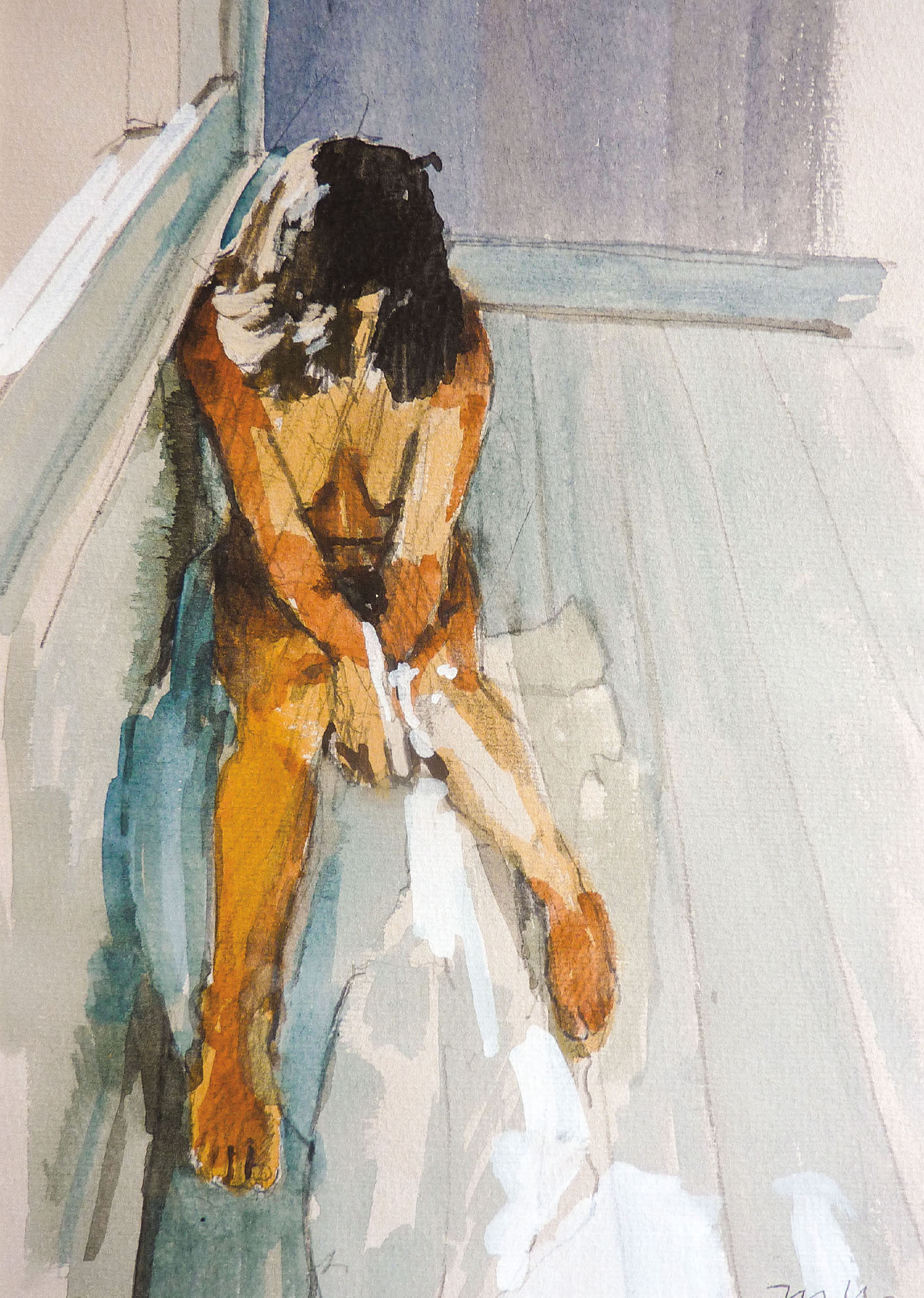
Introduction
P ainting and drawing the nude successfully is not an unattainable goal, and it should be an immensely satisfying journey. The lessons set out in this book will give you a focus and draw your attention to key themes and ideas. Painting can be broken down into a series of visual problems:

